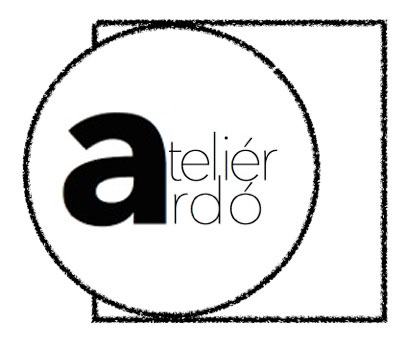The Artist as Street Archeologist•
by Zsuzsanna Ardó
Cornelia Parker: A Street Archeologist
Cornelia Parker came to prominence with various acts of destruction/resurrection. Some of the most famous examples of her ‘history of violence’ include a blown up garden shed Cold Dark Matter: An Exploded View (1991), working from charred remains of churches in Mass (Colder Darker Matter) (1997) and in Anti-Mass (2005), firing pearls through a shotgun in Suit, Shot by a Pearl Necklace (1995), puncturing a dress by firing money through a shotgun in Dress, Shot with Small Change (1995), and flattening over a thousand silver-plated objects by steamrolling them into the ground Thirty Pieces of Silver (1988-89).
Within the Janus-faced ambiguity of creation by destruction, there is also the artist as archeologist.
I remember vividly the suspended moment in time when I first gazed at her Subconscious of a Momument in 2005, at the Royal Institution of British Architects. The fragments of dry clay, suspended from the cealing as a flying carpet, came from below the Leaning Tower of Pisa. To give a new lease of life to the tower, the soil was excavated from underneath to prevent it from falling over. The ‘subconscious’ of the iconic tower was recycled into Cornelia Parker’s installation about iconography, Freudian theory, defiance of laws of physics such as gravity, and concern about our relationship with time and space.
These recurring themes in Parker’s work over the years clearly continue in her current exhibition at the Frith Street Gallery in Soho. We are invited to explore Cornelia Parker, the artist as ‘street archeologist’.
As we enter, we face a collection of damaged, broken wooden planks, carefully arranged in casual disorder. As if the street outside came inside.
As if this pile of wood was left behind. As if something was not quite finished.
On closer inspection, however, we can see how each plank has its own history, wounds and personality. These planks with a past are relying on/leaning against one another. They have certainly been used before, they have stories to tell.
As it is often the case with Cornelia Parker’s installations and sculptures, elements of nature defy the elemental law of nature: gravity. The natural elements are not allowed to rest, comfortably and conventionally, on the ground. In the Subconscious of a Monument , fragments of earth lavitated as a flying carpet; here it’s a sculpture of wooden planks in mid-air.
The difference, perhaps a rather significant difference, is the interrelationship of the floating elements of nature. The clay fragments had a life of their own: although all of them were attached to the cealing, each led an existence detached from the rest. Here, the planks, leaning against one another, create a supportive, coherent system: each has a role to play. One cannot be without the other.
I continue looking at the abandoned, broken pieces of wood, recycled as an artistic statement about archeology and time, psychology and the fragility of our interconnected existence. Finally, I glance at the title – Unsettled, 2012 – and notice the space Parker sourced the damaged planks from. It could have been any urban area around the world, but these battered planks in such a hightened state of precarious co-existence are from the streets of old Jerusalem. Now, does it matter where Parker collected them, how they changed context and thus meaning? No, not really: the image of fragile interconnectedness speaks for itself. On the other hand, yes, very much so: the contextual shift sharpens the delicate future of co-existence-on-edge.
I turn my eyes from the wooden planks by the wall, and survey the floor,. The minimalist sparseness of the gallery space is interrupted by irregular, flat grids, called Black Path (Bunhill Fields) 2013. As with the planks, the blown-up pieces of the shed, and the clay fragments from underneath the Leaning Tower of Pisa, Parker continues to work with the most ordinary by subverting the most foundamental law that all of objects must obey to: gravity.
Parker, the street archeologist, digs into the cracks of the pavement, samples the ground under our feet, immortalises the shapes and patterns by pouring liquid cold-cure rubber into the gaps, letting it set, and capturing them in black bronze. These angular pieces of urban archeology are hovering above the ground as if frozen in time. They claim a fragile existence, just like the battered planks by the wall. Yet the excavated/resurrected cracks in the pavement are sturdy enough to cause serious destruction were you to be misled by their line-drawing-like flimsy appearance, and bump into them.
‘Cornelia Parker’ by Iwona Blazwick published by Thames & Hudson, £35.
Cornelia Parker at Frith Street Gallery, 7 June – 27 July 2013
© Zsuzsanna Ardó
• First published by The ArtsDesk, Visual Arts Reviews 9 June 2013 and Creatives without Borders
